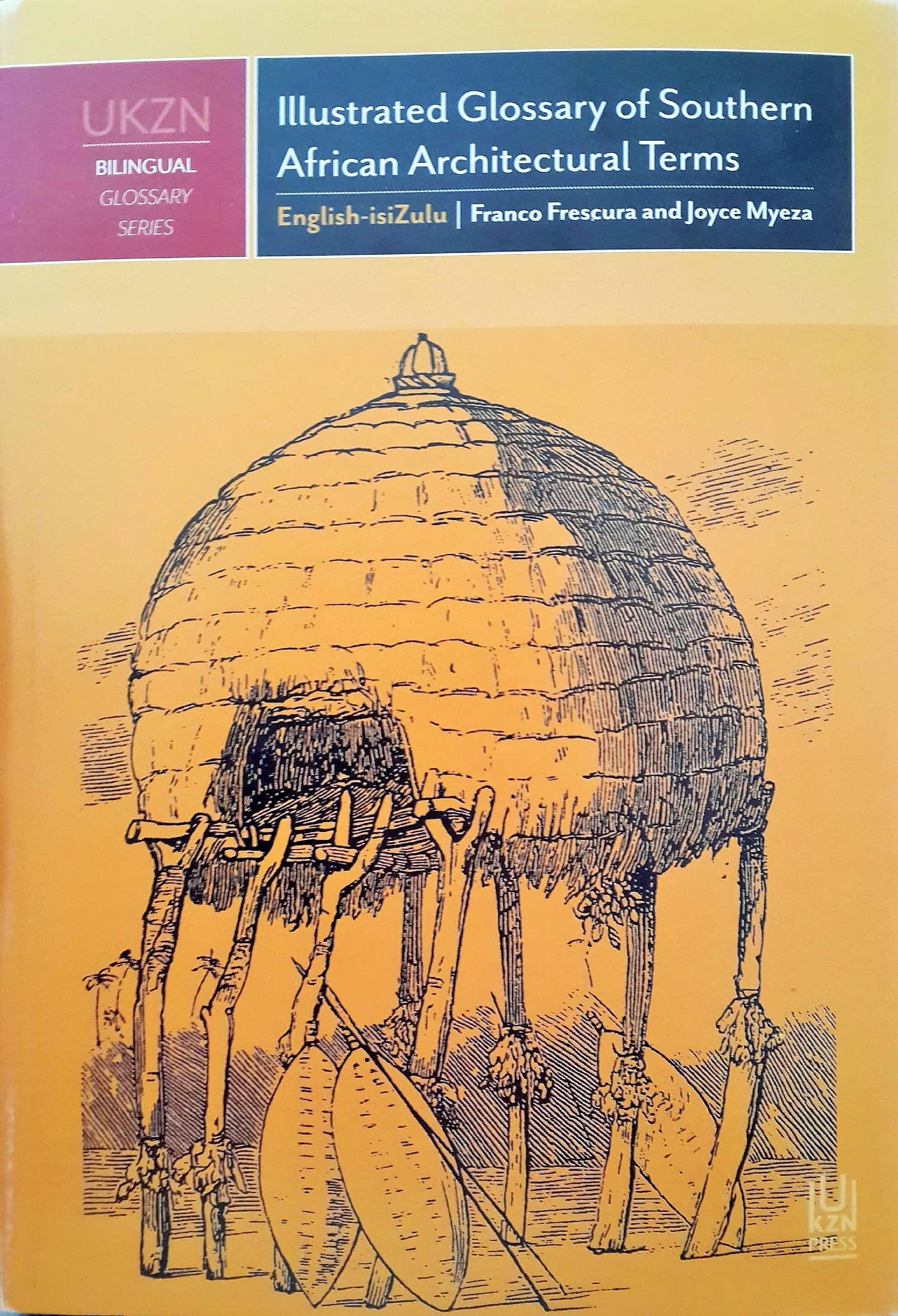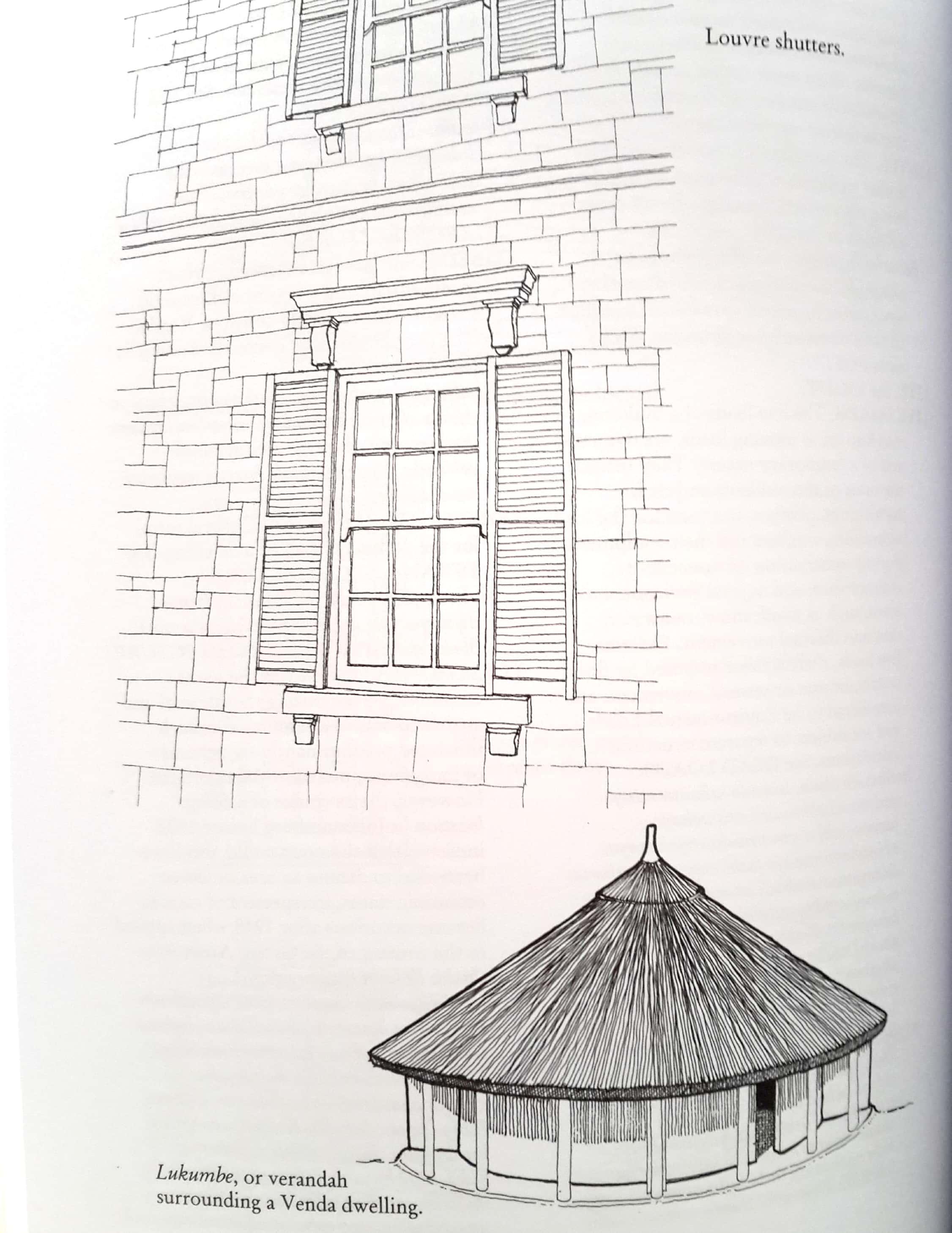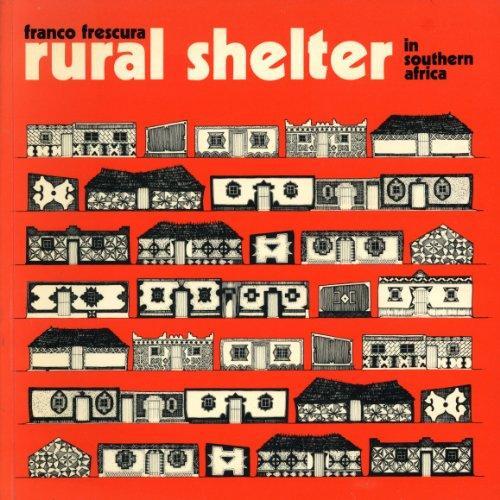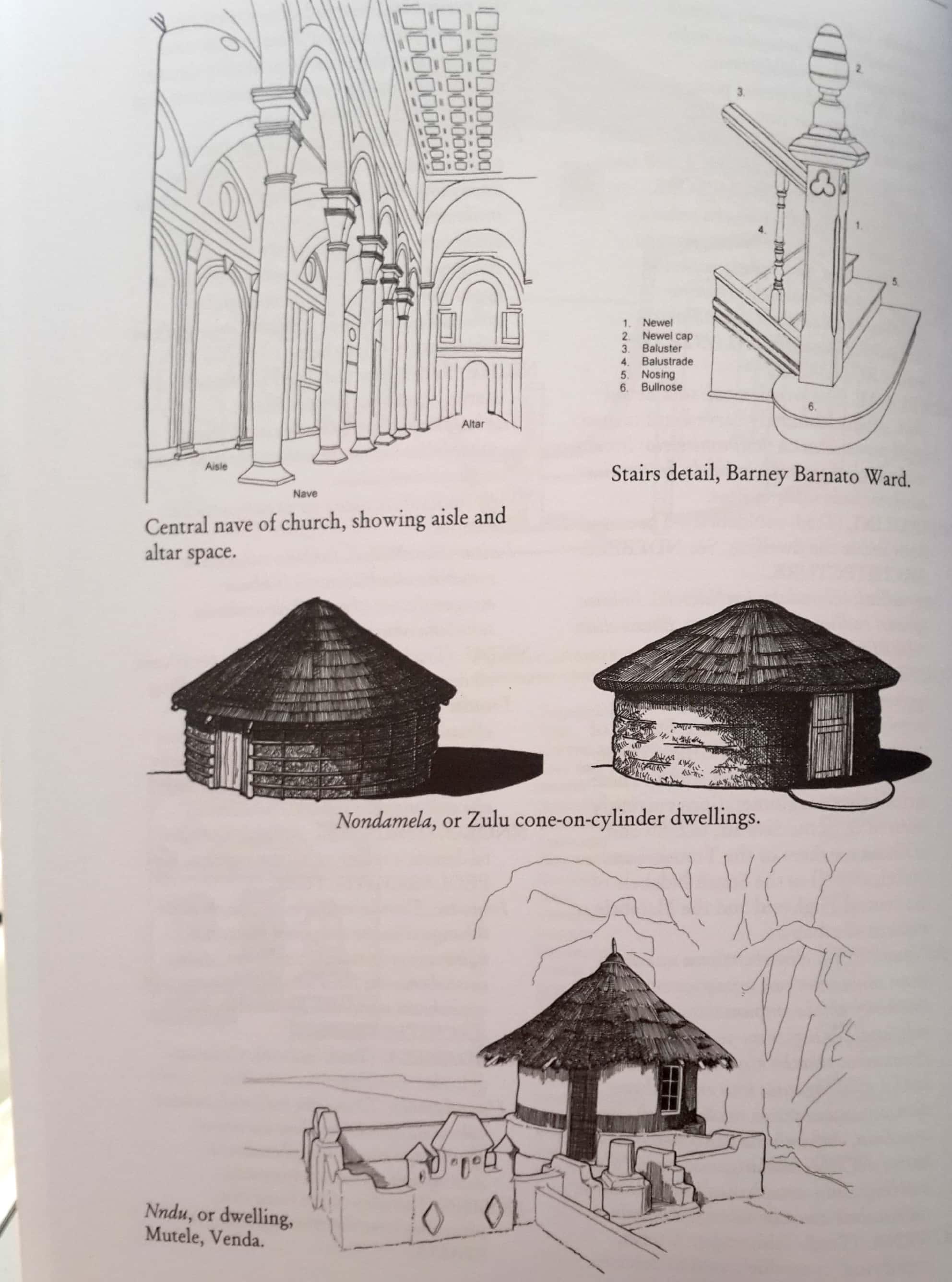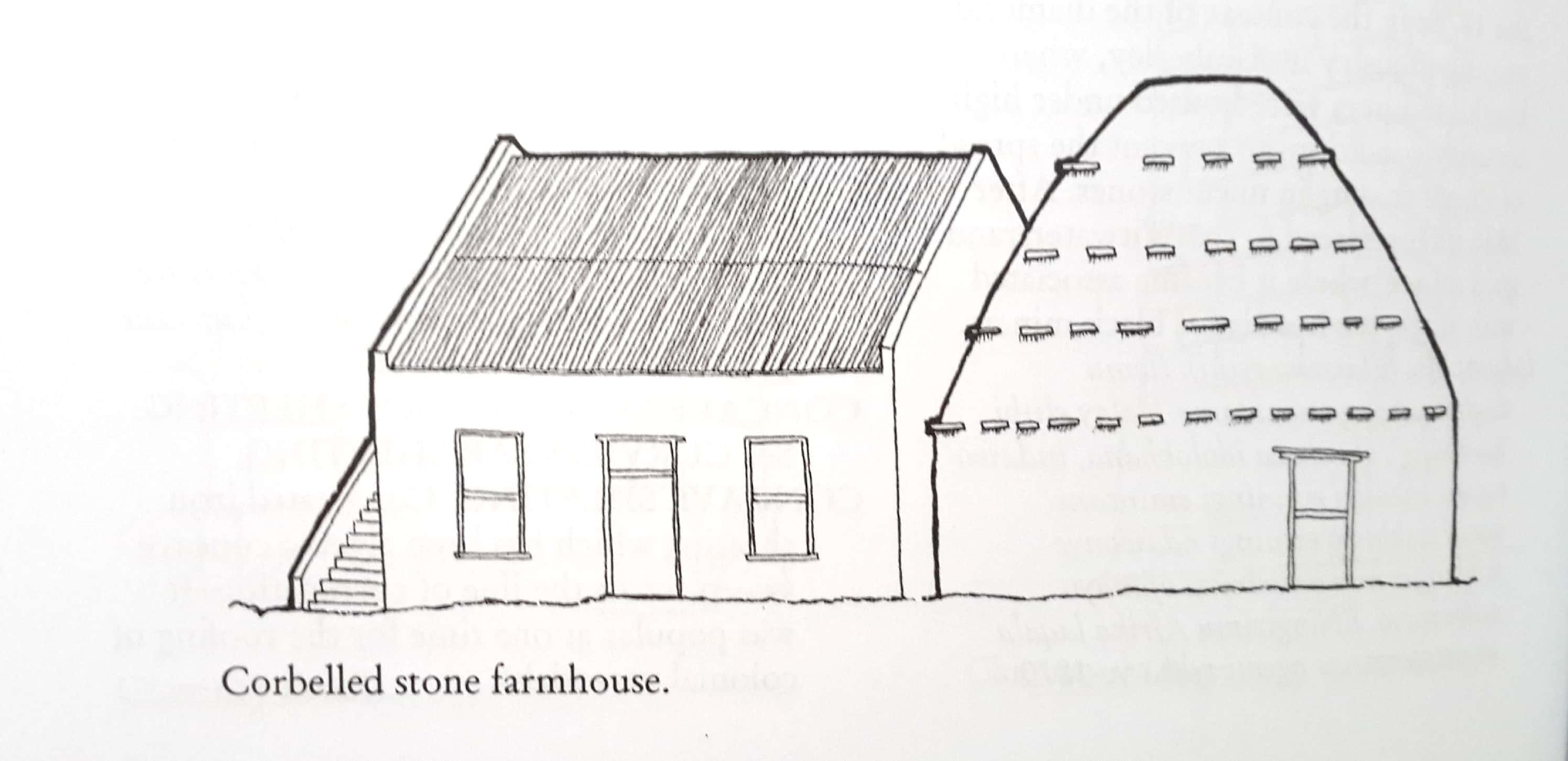
Review of Illustrated Glossary of Southern African Architectural terms. English-isiZulu by Franco Frescura and Joyce Myeza. Published by UKZN Bilingual Glossary series. University of Kwa-Zulu–Natal Press, 2016. ISBN 978 1869143497.
The word glossary means a dictionary of a specific type; it is a list of words relevant to a specific subject. Hence, this is a dictionary of architecture and has the added advantage of a presentation in two languages, English and isiZulu. The text is alphabetically arranged in English with the Zulu words following, the text is mainly on the right hand pages of the book. At the same time, the book is a delightful compilation of small drawings, sketches and illustrations of the catalogued terms and styles of architecture. The illustrated pages are mainly on the left hand side. This format is easy on the eye. The sketches are clear, useful, compact and beautifully drawn. Many senior students of architecture at different universities contributed their work to the drawing collection and I am sure they have all been taught to draw in the style of Franco Frescura.
Book Cover
It is a path breaking book because it offers a South African cultural and unified view of the world of historical architecture that embraces indigenous, folk and colonial architecture. Naming a thing or a method of construction gives an object or a design a life of its own and provides an understanding of purpose, whether in the rural or town environment. Here is an immediate “how to do“ vocabulary. How do mortise and tenon joints fit together or what does the cross section of a mortice lock look like. This book will surely become a handbook of vernacular architecture. It is a teaching guide and shows a side of transformation in education that gives recognition to parallel developments in traditional colonial architecture and traditional African design and construction for dwellings. Some Indian cultural references such as a Mandala, a Mihrab, an Indian temple, a Minaret and a Mosque add to explaining the richness and diversity of South African cultural roots. Ndebele architecture has a cross section of a traditional dwelling with each element meticulously numbered and labelled (p 130). The detail and comprehensive coverage is impressive.
Moreover this is a book that will be useful for heritage studies. Although it is a teaching book it will also appeal to specialist conservation architects as well as to the architectural tourist and tour guide. This is a work that gathers within one volume the nomenclature of indigenous architecture from different eras and local cultural contexts together with Dutch and English colonial approaches to organizing settlements on farms and in towns. It is not time bound but mainly deals with historical architecture.
An illustration page from the book
The book grew out of Franco Frescura’s lifetime of research into Southern African rural and indigenous architecture. Who can forget Franco’s classic 1981 book on Rural Shelter in Southern Africa published by Ravan Press? Franco has always been a cultural interpreter who now extends his original architectural teaching glossary into isiZulu and collaborates with a language specialist, Joyce Myesa. The book also grew out of the recognition by the University of Kwa-Zulu Natal that a language policy needs to recognize and use African languages in teaching and research. Attributing and developing terminology empowers and enhances cross cultural communication. At first sight the juxtaposing of say Martello Tower, a Mansard Roof, a Maribele and a Mandala may seem odd but in South Africa, somewhere you will find each one. Your curiosity is stirred in a uniquely South African way.
Rural Shelter Book Cover
One weakness is that not all of the drawings come with a specific place location. The stair detail of the Barney Barnato Ward is located where? Is the Victoria Drill Hall just an example of a Victorian hall façade or is the building to be found in Victoria? The page with the two Edwardian buildings in Johannesburg stopped me and yes, the lower one is the Cosmopolitan Hotel recently restored on Commissioner Street but where is the top sketch? Where exactly is the half-timbered construction so beautifully illustrated? So I think one should take the illustrations to be examples of type rather than of place.
More illustrations from the book
A dictionary of this type is a living tool and no doubt, like the Raper book on South African place names, it will grow as everyone writes in their requests or their definitions or notices yet another term. Franco and Joyce are to be congratulated on this collaboration. I anticipate a demand for their excellent teaching methodology into and out of the other nine South African languages. Overall this book shows effort, energy and a long time commitment. I found the book to be a neat introduction of Ndebele, Sotho, Tswana, Venda, Xhosa and Zulu vernacular architecture. It concentrates on the historical and the traditional, rural life and provincial towns or older examples of city buildings. Hence there is another opportunity to compile a contemporary glossary of modern and post-modern urban architecture.
2017 Price Guide: R250 paperback from the University of Kwa-Zulu Natal Press or order online.
Kathy Munro is an Honorary Associate Professor in the School of Architecture and Planning at the University of the Witwatersrand. She enjoyed a long career as an academic and in management at Wits University. She trained as an economic historian. She is an enthusiastic book person and has built her own somewhat eclectic book collection over 40 years. Her interests cover Africana, Johannesburg history, history, art history, travel, business and banking histories. She researches and writes on historical architecture and heritage matters. She is a member of the Board of the Johannesburg Heritage Foundation and is a docent at the Wits Arts Museum. She is currently working on a couple of projects on Johannesburg architects and is researching South African architects, war cemeteries and memorials. Kathy is a member of the online book community the Library thing and recommends this cataloging website and worldwide network as a book lover's haven.

